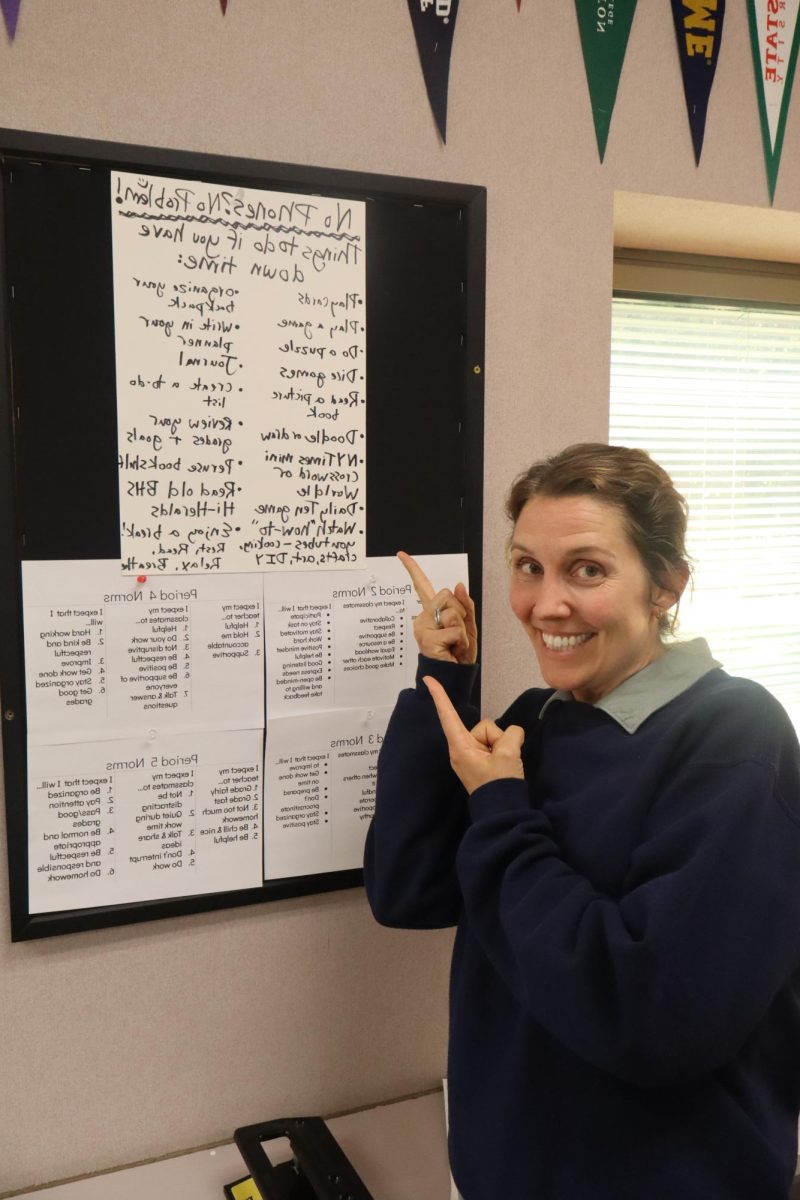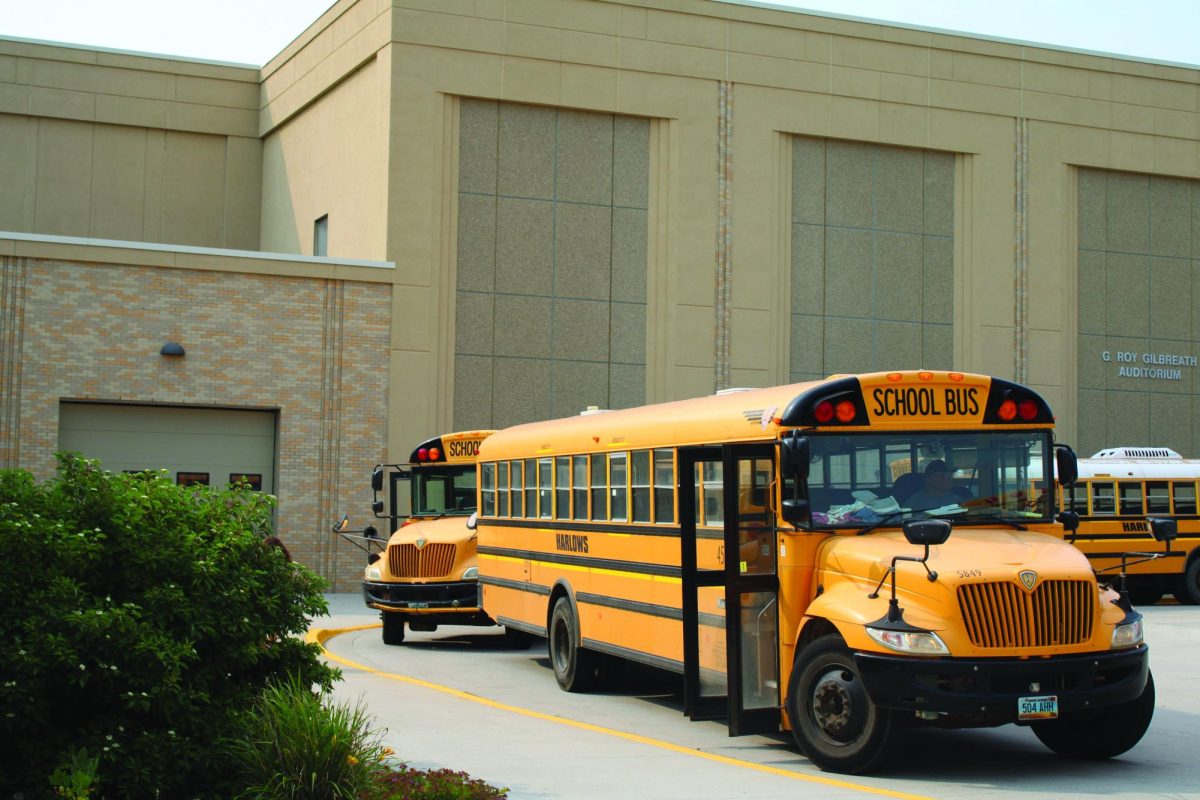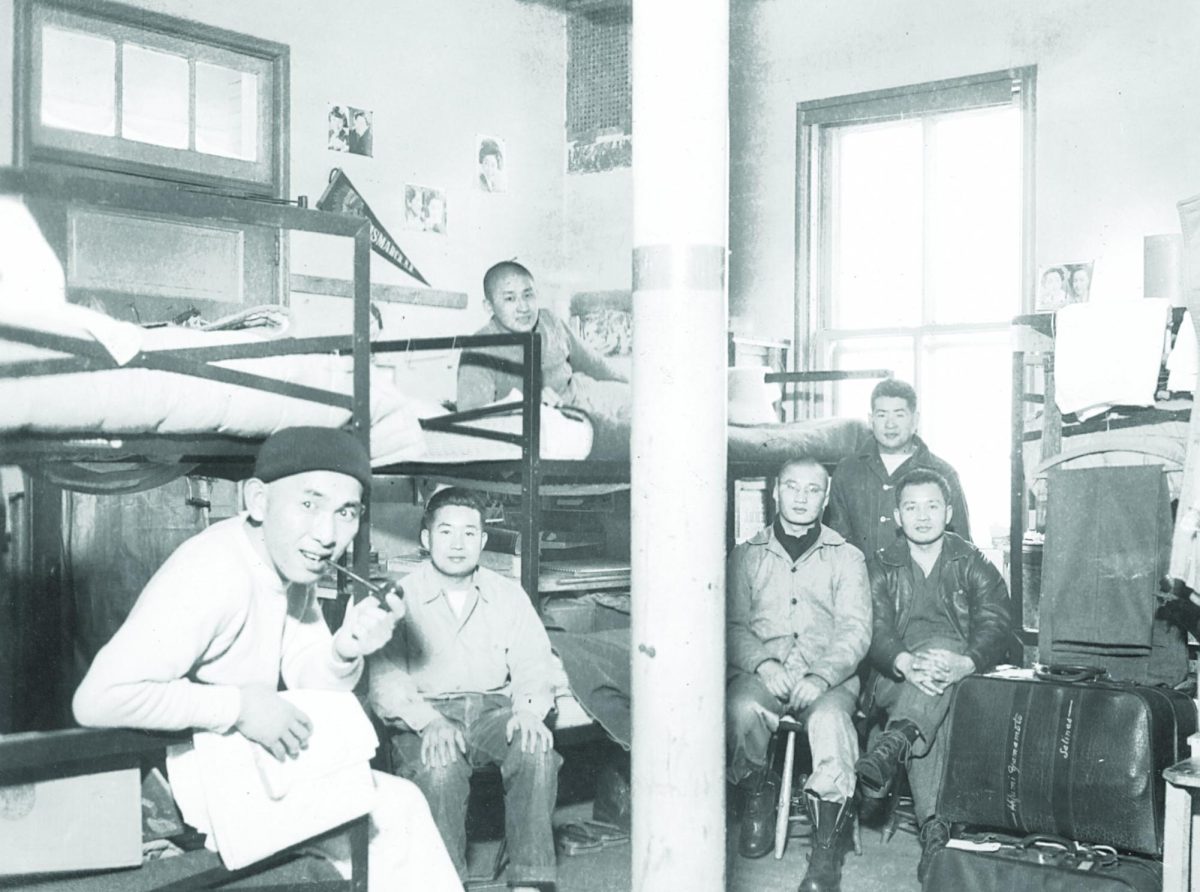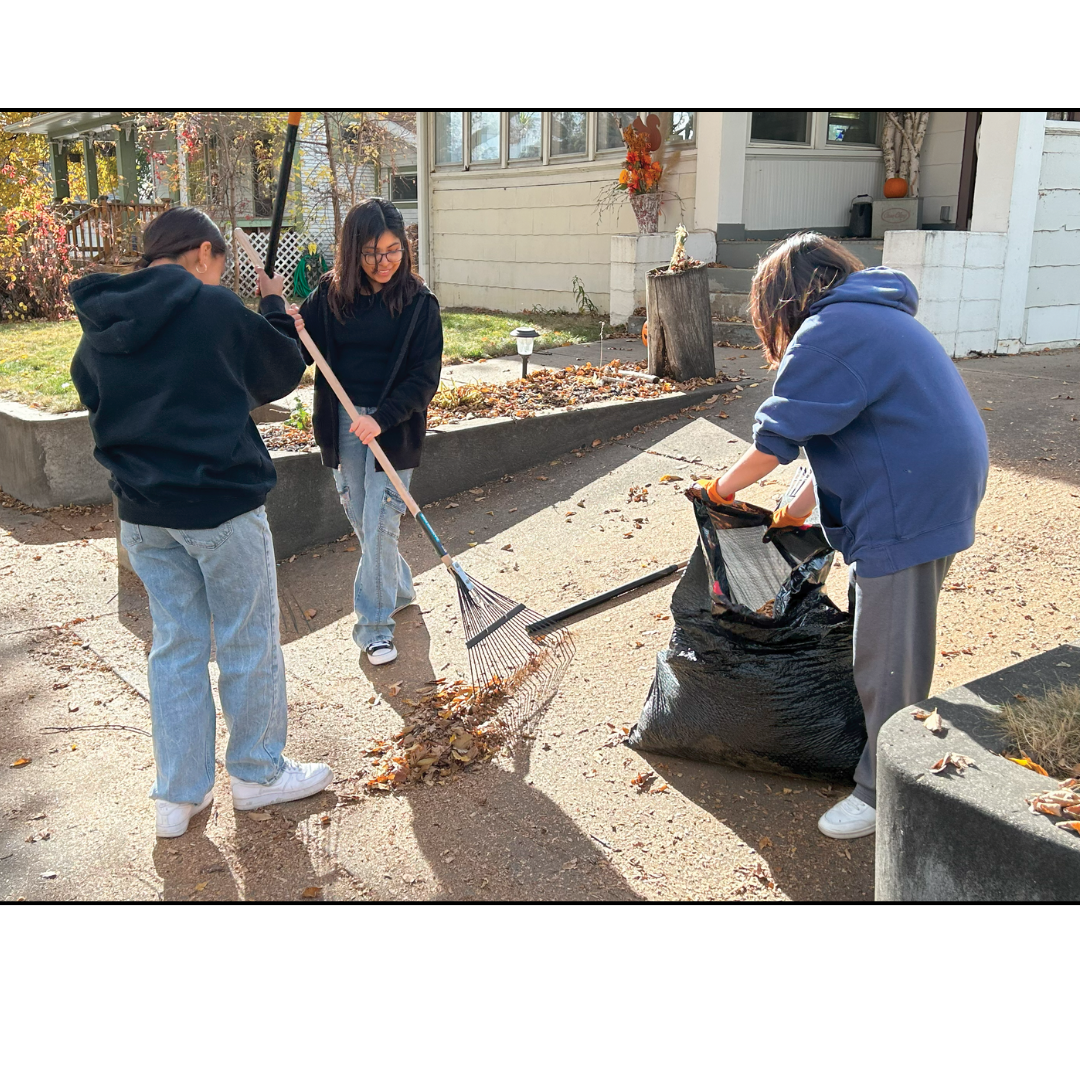North Dakota is an amazing state to come and visit or even live in because it has a bunch of cool places to visit: Medora, Theodore Roosevelt National Park and Lake Sakakawea. Although many of these places seem to be a fun time, North Dakota is known more for its warm summers and freezing, cold winters.
“We experience long periods of dry, cold weather in the winter to long periods of hot, dry weather in the summer,” Warning Coordination Meteorologist John Paul Martin said. “North Dakota is geographically located in an area influenced by life-threatening cold outbreaks straight from the Arctic, and warm, moist air direct from the Gulf of Mexico that triggers severe summer storms.”
North Dakota can be a very unique state when it comes to weather. As spring begins in North Dakota, the days begin to warm up, and the sun begins to stay out longer. Although it seems that summer is right around the corner, North Dakota always finds a way to stretch the winters out as long as it can. As seen in past springs, there have been a couple of big snow storms that have either occurred during the winter and stretched through spring, or simply happened during spring itself.
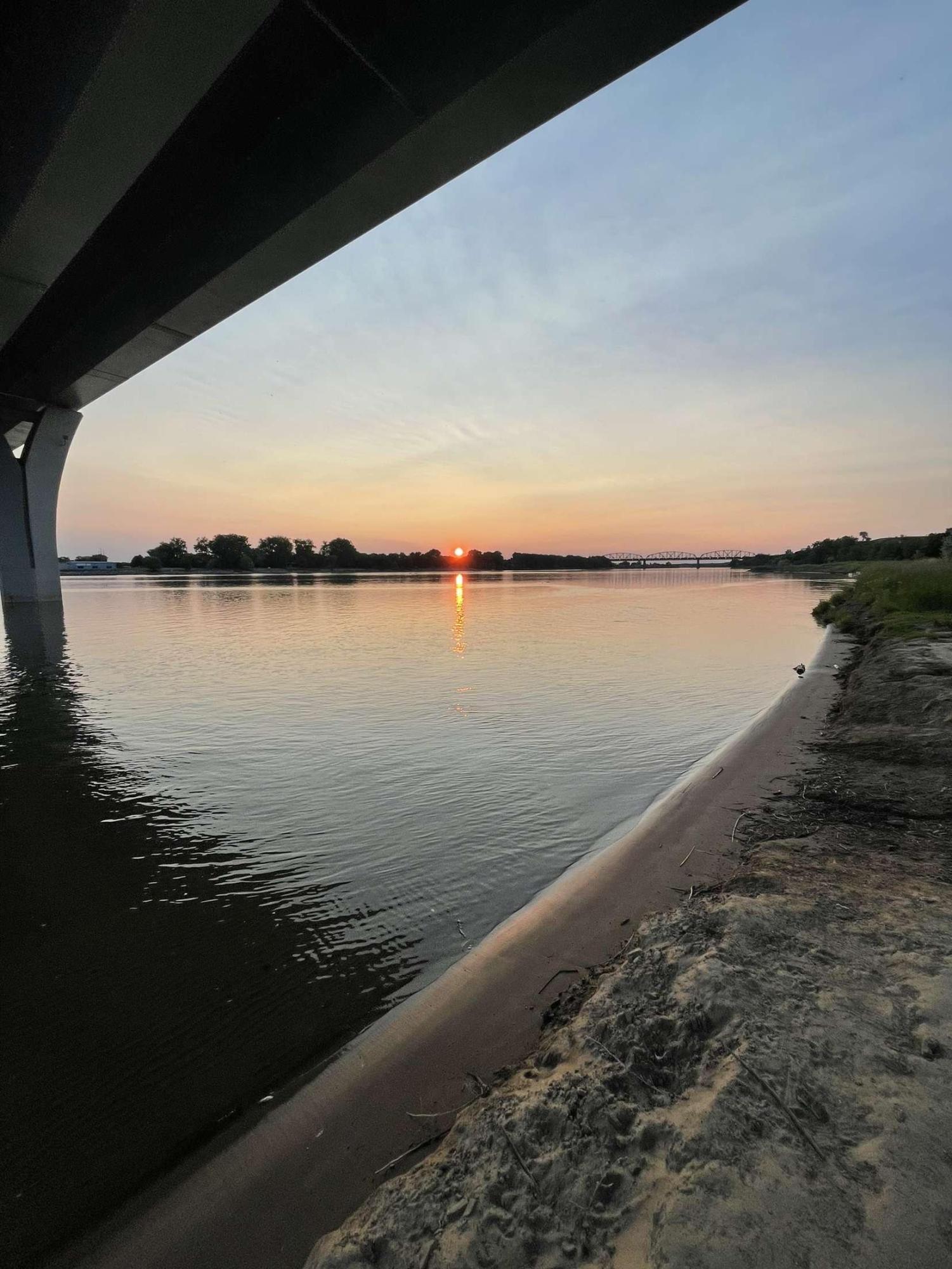
“It is not uncommon for temperatures to fluctuate drastically over just a few days period of time as air masses are
replaced. A single, low-pressure system can result in very mild fall temperatures and rain,” Martin said. “On the front side of the system, being replaced by dangerously cold weather and significant wind and snow on the back side, as the low passes through.”
Another thing to notice is how North Dakota is having a warmer winter this year. Last year, North Dakota had one of its coldest and most snowy winters in a while.
“There sure is a reason why North Dakota is having a warmer and less snowy winter this season, and it’s called El Nino. It has to do with the surface ocean water temperatures along the equator in the Pacific Ocean,” Martin said. “Climatologists have found that there is a connection between what happens in the oceans and what happens in the atmosphere, no doubt about it.”
There are many signs that many like to believe show what the weather is going to be like, such as clouds in the sky, the sun being out, humidity etc. Although some of these things are factored into what is going to happen with the weather, there is not a full understanding.
“There’s a lot of folklore out there, and I’ve heard it all. And, to be fair, some of it really does have a basis in science,” Martin said. “If you believe with 100% certainty that it will rain 90 days after a fog, keep track and see for yourself. Don’t bet too much of your lunch money on it, you’ll likely go hungry. Oh, and just because it does work once doesn’t mean it’s going to work all the time, as even a stopped clock is right twice a day. Of course the best way to know what’s going to happen in the weather is to listen to the forecast from the National Weather Service.”

